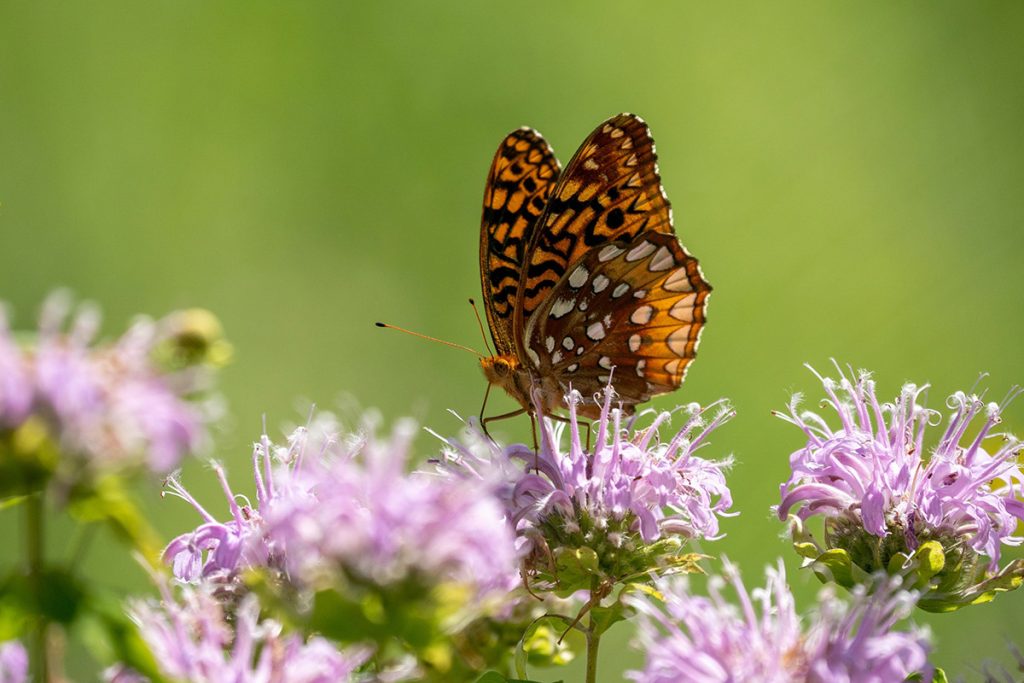
Deciding on what to plant for your Conservation Reserve Program (CRP) project depends on a variety of factors. All CRP participants must be enrolled in specific Conservation Practices (CPs) that determine the type of species that should be used.
For example, some CPs are specifically geared toward planting grasses and forbs. Other CPs are for planting trees or riparian buffers. But all CPs have the same primary conservation goals – to preserve vulnerable land and protect wildlife.
For many CRP projects, grasses, forbs, or wildflowers are commonly planted for conservation purposes. In this post, we’ll examine why these types of plants are often used in CRP and how they can benefit both the environment and your land.
Grasses and forbs
Both grasses and forbs (aka wildflowers) are included in many different CPs. From establishing permanent native grasses (CP-2) to grass waterways (CP-8A) to contour grass strips (CP-15A), grass is a useful plant for a number of conservation goals. They help reduce soil erosion from wind and water, as well as offer habitat for wildlife and intercept sediment from entering nearby waterways.
Grasses and forbs are low maintenance while bringing a number of benefits to your land. They add organic matter to the soil, promote diversity, and more. Plus, they are excellent species for carbon sequestration, or capturing carbon in the soil to prevent it from damaging the atmosphere.
The type of plant you choose should be tailored to your region and fit within your CP guidelines. For CRP, some grass species that are commonly grown are switchgrass, bunchgrass, and prairie junegrass.
Wildflowers for pollinators
Wildflowers can be planted for CRP projects intended to attract and protect pollinators. CP-42, in particular, is designed to establish pollinator habitat to increase pollination. Since pollinators are vital to 1/3 of the world’s food production, boosting their populations is imperative to protecting the global food supply for the future.
Pollinator habitats help improve crop yields, water quality, and soil productivity. They also provide habitat for other beneficial native species and sequester carbon in the soil. Growing wildflowers like wild bergamot or stiff goldenrod attracts native species like butterflies and birds to your land, encouraging pollination.
Other native species
Typically, for any CP you are enrolled in, the species you plant should be native to your region. This means that it is naturally found in your area and has evolved with the local climate and other wildlife for optimal growth.
Native plants adapt easily to land in their native area and help enhance local wildlife populations. In addition, they are usually low maintenance and low cost while benefiting soil and pollinators in your area.
Get the best seeds for your CRP project
If you’re in need of grass, forb, or pollinator seed for your CRP project, contact us at All Native Seed. For over 20 years, we’ve been providing high-quality CRP seed mixes compliant with NCRS and FSA standards.
Our experts can help create a diverse seed mix for your conservation practice at an economical price. We can even help with CRP establishment and documentation through our sister company, FDCE. Reach out to us today to learn more!
